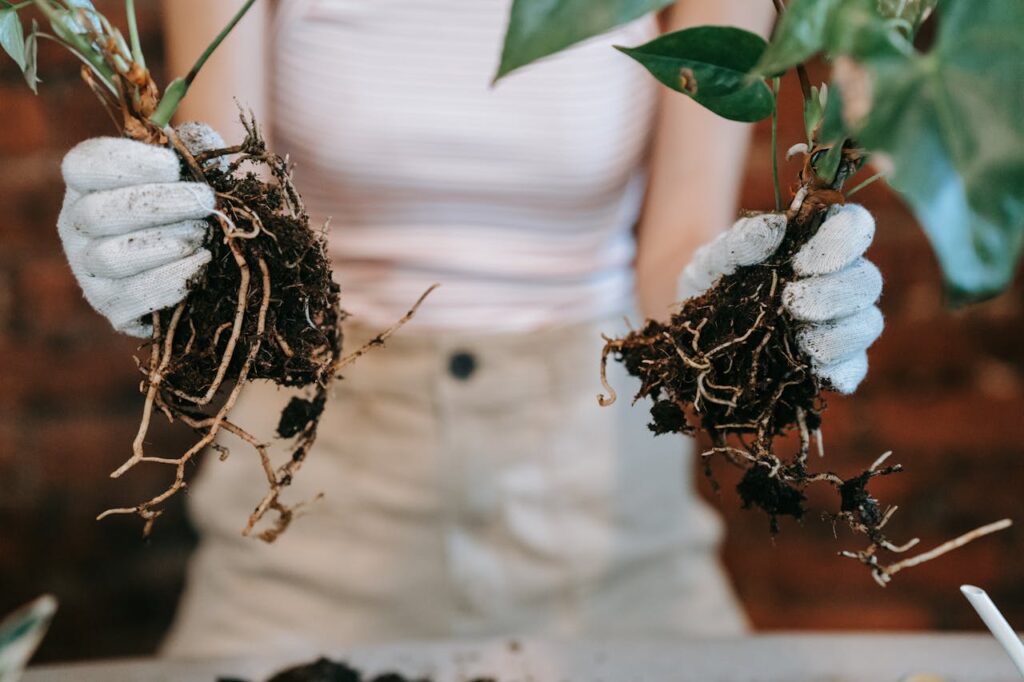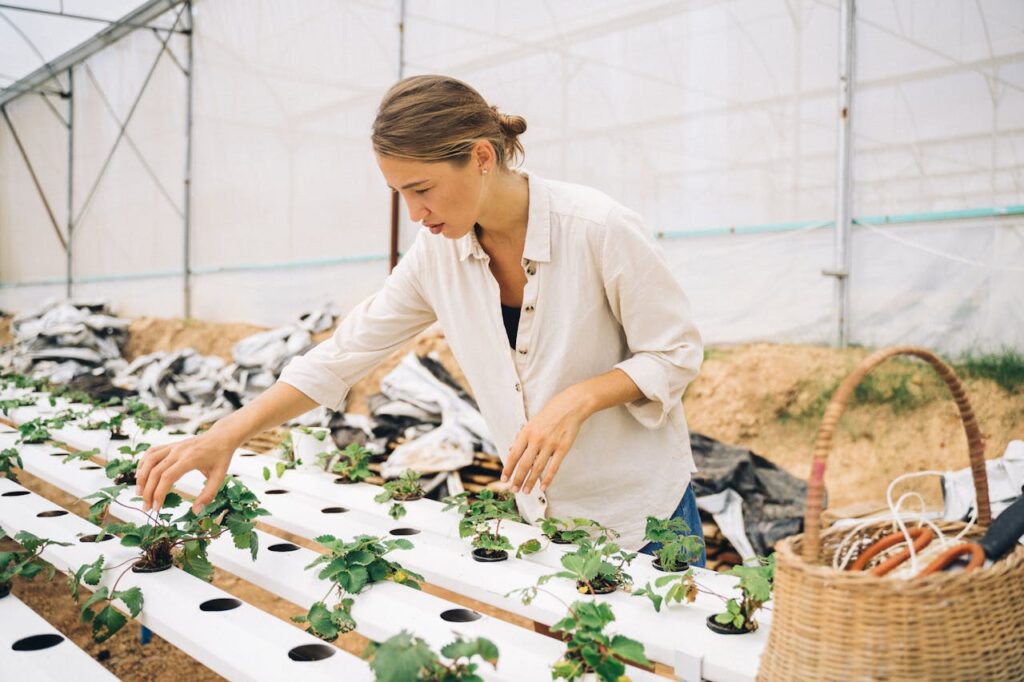Gardening is more than just planting seeds and watching them grow. It’s about creating a harmonious environment where plants can thrive together. One of the most effective ways to achieve this is through companion planting. This age-old practice involves strategically placing different plants together to enhance growth, deter pests, and improve yields. Understanding the benefits of companion planting can help you maximise your garden’s potential and create a thriving, sustainable ecosystem.
As we already covered, companion planting is a gardening technique that involves placing different plant species close to each other based on their complementary characteristics and mutual benefits. This method leverages the natural relationships between plants to enhance growth, deter pests, improve soil health, and increase yields. By carefully selecting plant combinations, gardeners can create a more balanced and resilient ecosystem where each plant contributes to the overall health and productivity of the garden.

Companion planting is a great way to make your plants grow stronger and more resilient.
Do you want your plants to grow taller and stronger? Certain plant combinations can improve soil health, provide shade, and support each other’s growth. For example, planting beans with corn allows the beans to fix nitrogen in the soil, which benefits the corn. Meanwhile, the corn provides a natural trellis for the beans to climb. This symbiotic relationship leads to healthier plants and higher yields.
One of the most appealing benefits of companion planting is natural pest control. Some plants naturally repel pests, protecting their neighbours from damage. Marigolds, for instance, aren’t just a great way to add colour to your garden. Instead, they are known to deter nematodes and other harmful insects. Planting marigolds alongside vegetables can reduce the need for chemical pesticides, creating a healthier garden environment. Similarly, basil planted with tomatoes can help repel flies and mosquitoes while enhancing the flavour of the tomatoes.
As any gardener would tell you, healthy soil is the foundation of a thriving garden. Companion planting can improve soil health by preventing nutrient depletion and promoting beneficial microbial activity. Legumes, such as peas and beans, fix nitrogen in the soil, enriching it for other plants. Deep-rooted plants like carrots can help break up compacted soil, allowing water and nutrients to penetrate more easily.

The quality of soil has a huge effect on your plants.
Weeds compete with your plants for nutrients, water, and light. Companion planting can help suppress weed growth by creating a dense, diverse ground cover. Plants like squash and pumpkins have large, broad leaves that shade the soil, making it harder for weeds to establish themselves. If you hate weeding, this is a great tip to reduce manual work and keep your garden looking tidy.
In addition to deterring pests, companion planting can attract beneficial insects that help with pollination and pest control. Flowers such as nasturtiums and calendula attract pollinators like bees and butterflies, which are essential for the reproduction of many plants. Additionally, plants like dill and fennel can attract predatory insects such as ladybugs and lacewings, which feed on harmful pests.
Creating a garden that supports a diverse range of insects helps maintain a healthy and balanced ecosystem. If you don’t mind some insects on your balcony, consider using one of these combinations in your apartment garden to add more biodiversity to your city block.
Companion planting is an excellent way to maximise the use of space in your garden. By planting compatible species together, you can make the most of your available area and increase your overall yield. For example, planting fast-growing radishes alongside slower-growing carrots allows you to harvest the radishes before the carrots need more space.
If you really don’t have a lot of space, you can use this tip and create your own vertical garden. Vertical gardening takes advantage of vertical space, allowing you to grow various plants even in a small area. Using trellises, hanging planters, or stacked containers, you can grow climbing plants like beans, peas, and cucumbers alongside shorter plants like lettuce and herbs. This maximises your planting area, improves air circulation, and reduces pest problems.
A garden that relies on a single type of plant is more vulnerable to pests, diseases, and environmental changes. Companion planting promotes biodiversity, which can increase the resilience of your garden. A diverse garden is better equipped to withstand challenges and recover from setbacks.
A resilient garden is great for many reasons, one of them being it’s more likely to survive being moved or sent to a new place with no harm to the plants. If you’re thinking about moving, you have to consider the effect it might have on your plants. Or, if you’re thinking about sending a part of your garden to your loved one, there are plenty of ways you can ship plants with ease, knowing they won’t be harmed in the transport.

When gardening, it’s important to know what plants to put together and what plants you have to separate.
In order to make the most of companion planting, it’s essential to be mindful of which plants work well together and which combinations to avoid. Start by researching plant families and their needs to identify beneficial pairings. For instance, tomatoes should be kept away from brassicas like cabbage and broccoli, which can stunt their growth. Similarly, beans should not be planted near alliums such as onions, garlic, or leeks, as these plants can inhibit each other’s growth.
It’s also important to consider plant spacing and sunlight requirements to ensure each plant gets adequate light and airflow. Regularly rotating your crops can prevent soil depletion and reduce the risk of pests and diseases.
Companion planting offers so many benefits that can help you maximise your garden’s potential. By enhancing growth and yield, providing natural pest control, improving soil health, suppressing weeds, and doing so much more, this practice creates a thriving and sustainable environment for your plants. Embrace the principles and benefits of companion planting to transform your garden into a flourishing, harmonious space.